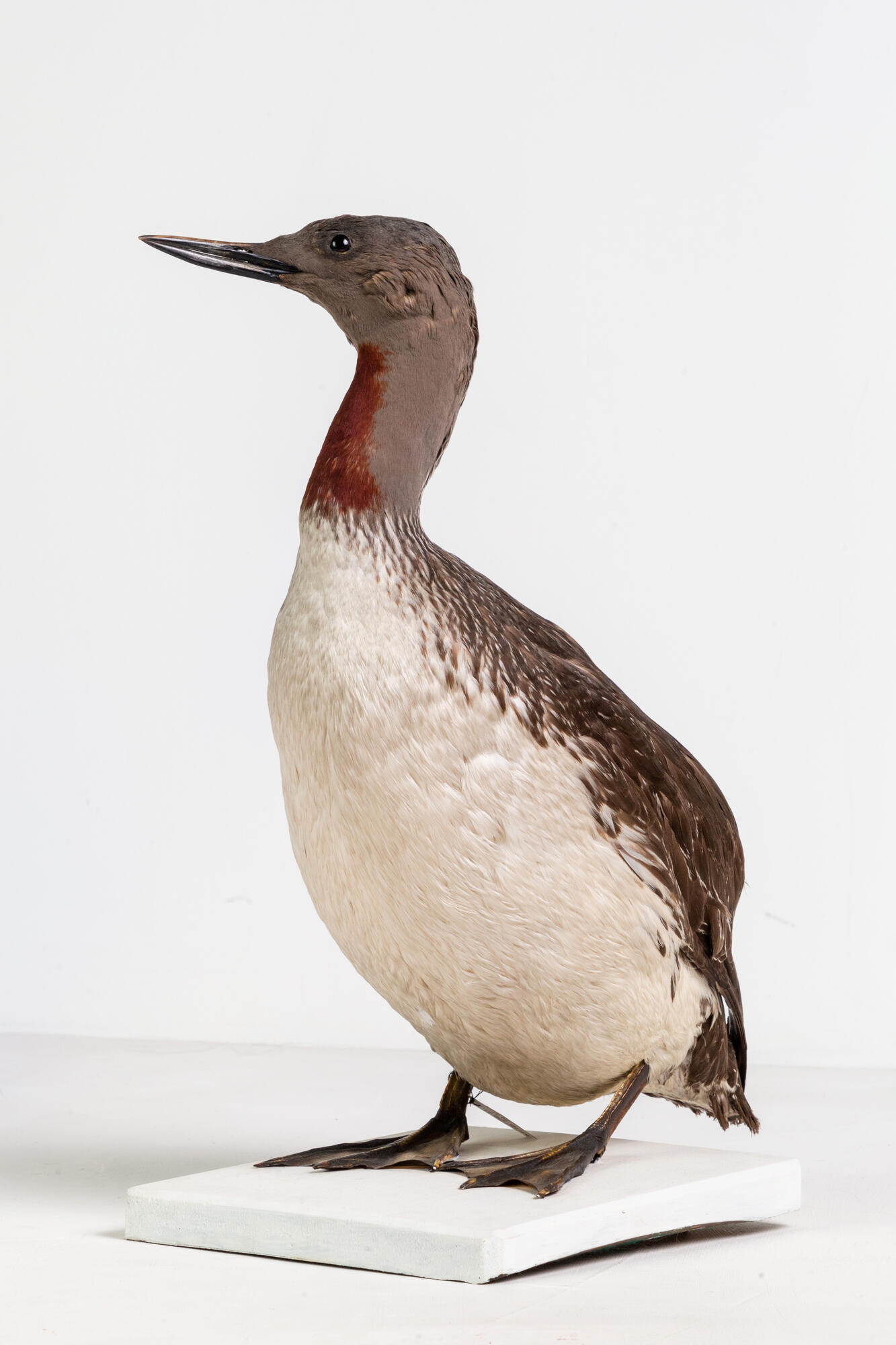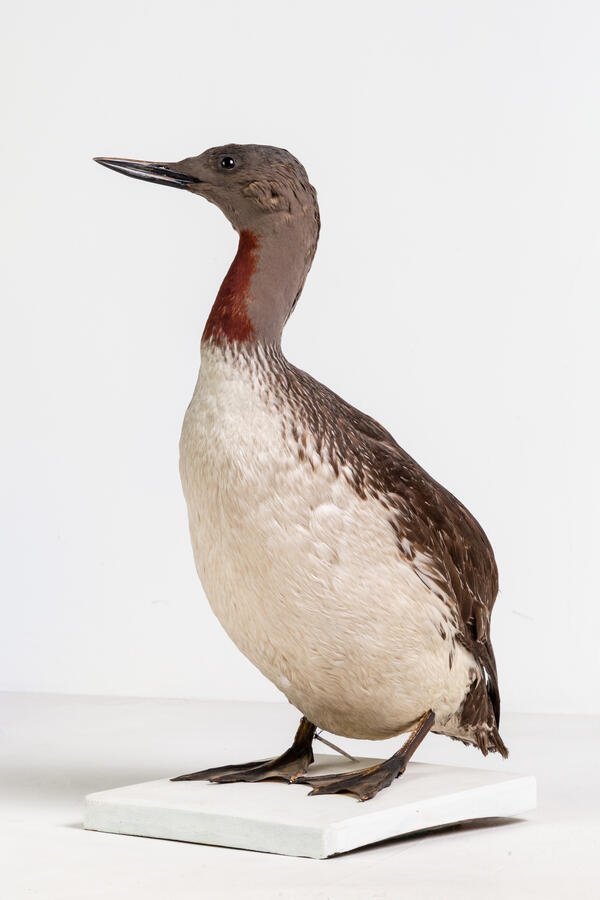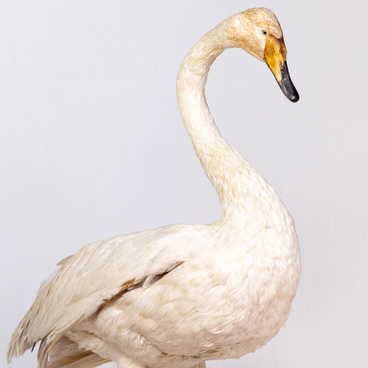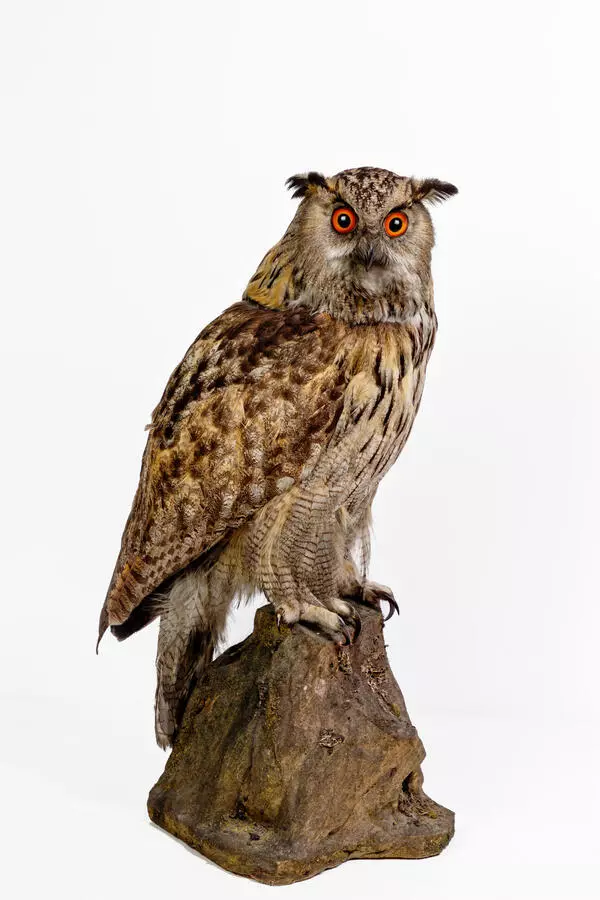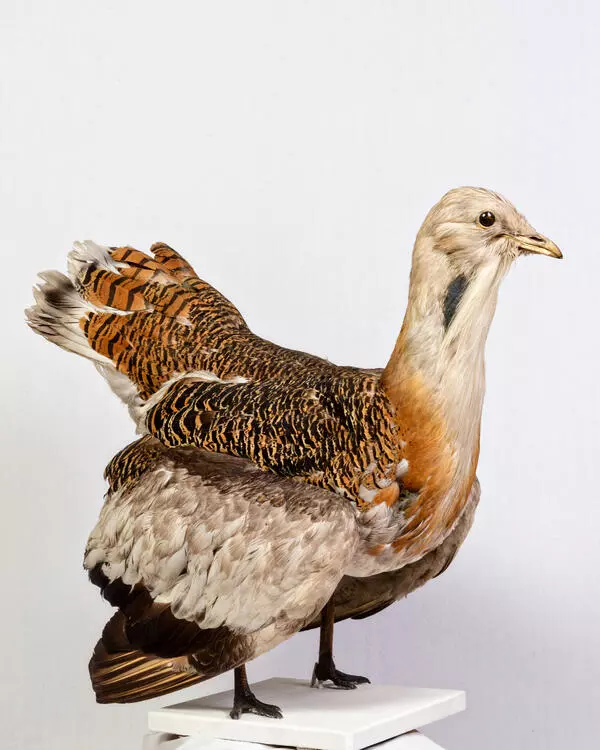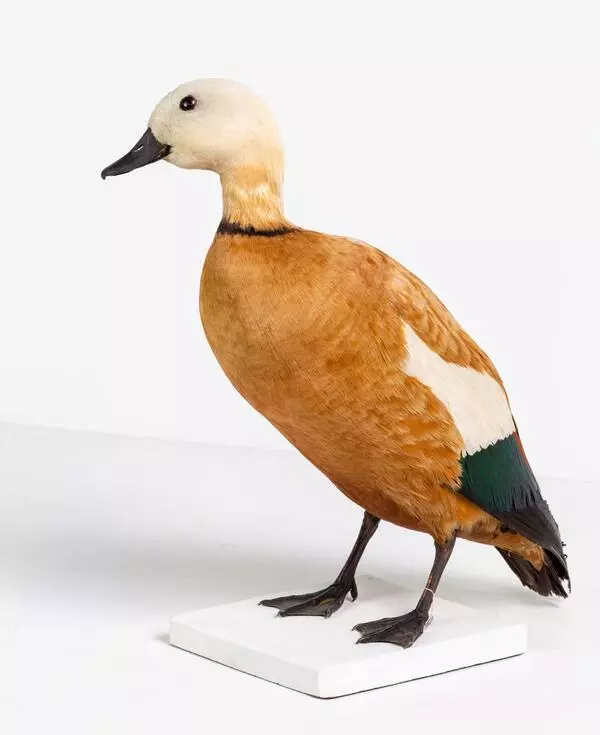This is the smallest of the loons, which is slightly larger than the mallard. Its body length is up to 70 centimeters, wingspan is up to 116 centimeters, and body weight does not exceed 2.5 kilograms. On the front side of its neck, there is a large red spot, which gave the bird its name. It has a slender build with a small head and a thin, slightly upturned beak. As a rule, it usually nests on small lakes located mainly a few kilometers from large water spaces, where adult birds fly to feed and get food for chicks. In May or June, it lays 2 eggs of olive or brown color with dark spots. Both parents participate in incubation.
It feeds mainly on fish, which it catches near the surface of the water or in the thickness by diving to a depth of 10 meters. At the same time, it can be under water for about a minute. It often stands upright on the surface of the water, thus flapping its wings, and willingly swims on its side and even belly up. Under water, it swims by working with their feet and sometimes helping itself with movements of the wings.
Its voice is compared to a cat’s meow. Sometimes it makes sounds similar to the cries of a collared turtledove. Unlike other types of loons, the red-throated loon takes off quickly, almost without running, and in case of danger, it is often saved in this way.
In the myths of many Northern peoples, the loon is an important character. According to the legends of the Evenki people, in ancient times there was no land, and everything around was occupied by water. Then God asked the loon bird: “Dive under the water, and maybe you will find the earth!”. For three days, the bird has been under water, and when it came up, there was a small lump of earth in its beak. The bird flew up and put the piece on a high place so that the overflowing water could not flood it. Then it dived again, took out a rock, and pressed it against the ground to keep it from crumbling. The land began to grow and expand, thus getting bigger and bigger. Then the bird flapped its wing, and the sun appeared. The sun’s rays quickly dried up the land, and it became habitable. Therefore, the Evenks revere this bird and believe that it was the loon who created the world and the Earth. They often depict it on different subjects, for example, on kapturga being the pouch of tobacco, on their shoes, and other products.
It feeds mainly on fish, which it catches near the surface of the water or in the thickness by diving to a depth of 10 meters. At the same time, it can be under water for about a minute. It often stands upright on the surface of the water, thus flapping its wings, and willingly swims on its side and even belly up. Under water, it swims by working with their feet and sometimes helping itself with movements of the wings.
Its voice is compared to a cat’s meow. Sometimes it makes sounds similar to the cries of a collared turtledove. Unlike other types of loons, the red-throated loon takes off quickly, almost without running, and in case of danger, it is often saved in this way.
In the myths of many Northern peoples, the loon is an important character. According to the legends of the Evenki people, in ancient times there was no land, and everything around was occupied by water. Then God asked the loon bird: “Dive under the water, and maybe you will find the earth!”. For three days, the bird has been under water, and when it came up, there was a small lump of earth in its beak. The bird flew up and put the piece on a high place so that the overflowing water could not flood it. Then it dived again, took out a rock, and pressed it against the ground to keep it from crumbling. The land began to grow and expand, thus getting bigger and bigger. Then the bird flapped its wing, and the sun appeared. The sun’s rays quickly dried up the land, and it became habitable. Therefore, the Evenks revere this bird and believe that it was the loon who created the world and the Earth. They often depict it on different subjects, for example, on kapturga being the pouch of tobacco, on their shoes, and other products.
